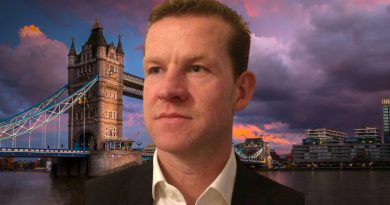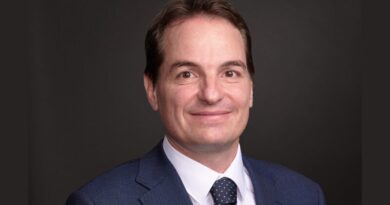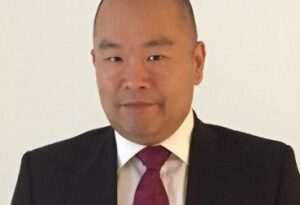Opportunities for APAC funds: raising capital from allocators in the Middle East
Amy Cheung, Asia Capital Introduction at Marex, talks with the Hedge Funds Club about allocator sentiment in the Middle East. Amy is based in Marex’s Hong Kong office and works in partnership with Marex’s Capital Introduction colleague in Dubai, Thomas Margerison. In this interview, Amy shares her and Thomas’ insights about regional dynamics in the Middle East and fundraising realities for funds in the APAC region.
Why should APAC hedge funds turn to the Middle East?
The Middle East is a fast growth region and one of the largest and most strategic pools of long-term investment capital globally. There are significant opportunities for Asian managers raising capital in the Gulf. Notably, we have seen success from established China specialists and Pan-Asian specialists, in particular those with low net exposure.
Please provide an overview of the investment landscape.
The Middle East isn’t a single, uniform market. Each jurisdiction has a distinct allocator ecosystem, pace and investor mindset. Dubai, anchored by the Dubai International Financial Centre (DIFC), is a global hub for family offices and private wealth, with over 120 offices managing more than US$1.2 trillion. Abu Dhabi is dominated by sovereign wealth funds and other institutional capital, including local pension funds, with a growing family office community in the Abu Dhabi Global Market (ADGM). Kuwait is now the second most active country in the region with respect to hedge fund investing, with a preference for larger managers given the significant ticket sizes of the country’s sovereign wealth funds. Saudi Arabia remains more inward-looking, with investment priorities tied to its Vision 2030 goals, but retains long-term capital influence. Smaller markets like Oman, Qatar and Bahrain are dominated by sovereigns and select family offices.
How does investment in the region compare to other jurisdictions?
Similar to other jurisdictions, the environment is competitive, nuanced and relationship-driven. A tailored approach and an understanding of specific allocator priorities are key. One aspect in which the Middle East stands out is that this is a region that rewards commitment and in-person interactions. Patience is key and long-term relationships and reputation particularly matter. It’s not uncommon for allocators to track managers over multiple years before allocating.
How would you describe allocator sentiment in the Middle East region?
Traditionally, it is private markets heavy. The focus is now much more about liquidity, so strategies of interest from Asian managers are China, Pan Asia Equity Long Short Low Net and Asia multi-strats.
What size of funds are most of interest to allocators in the region?
From experience, the sweet spot seems to be around US$500 million, with a three-year track record. Equally, this isn’t a “wait until you’re big enough” environment – it’s a “prove you’re worth tracking” one. Allocators also want to see existing LPs from the region in addition to institutional readiness.
How important is it to have a local presence?
Setting up a local presence is not essential, but regular visits to the region are a minimum requirement and on-the-ground support from local cap intro teams is available. There are two main hubs for hedge funds in the region, both in the UAE. The DIFC has 75 hedge funds and a dense community of service providers and family offices. ADGM, which now has 112 asset and fund managers, is growing rapidly and offers faster licensing and a stronger connection to sovereign capital.
In summary, what are your top tips for APAC funds to attract allocators from the Middle East?
- Relationships matter, so engage early and consistently by sharing ideas and market intelligence
- Allocators favour private dinners, curated breakfasts and one-on-one meetings over broad conferences
- Build relationships that transcend single mandates
- Offer allocators differentiated ideas and flexibility
- Respect cultural nuances and the pace of decision-making









